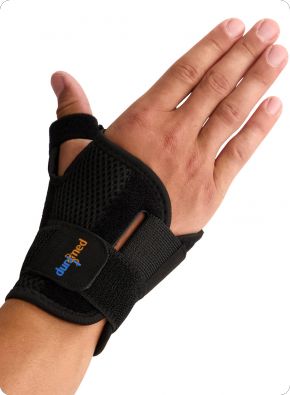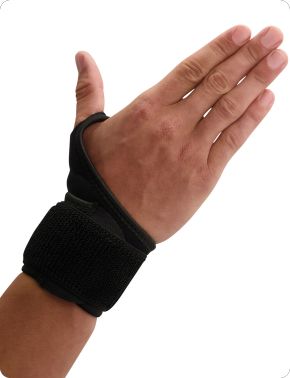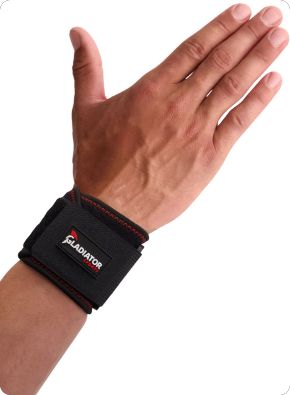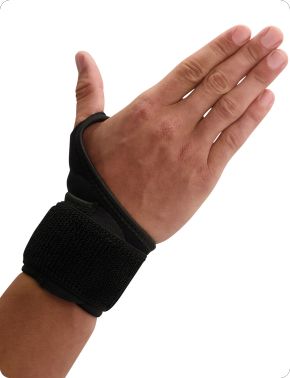The function of a wrist brace
A wrist brace is a medical device often used to provide support to the wrist and wrist joint. It can have various functions, such as stabilising the joint after an injury, reducing pain, preventing further damage, or supporting recovery after surgery. In this informative blog, we will take a closer look at how a wrist brace works, give an overview of the different types of wrist braces, when they are used and how to make the best use of them.
How does a wrist brace work?
A wrist brace works in several ways to support and protect the wrist:
- Stabilisation: one of the main functions of a wrist brace is to provide stability to the wrist joint. This is especially useful after an injury such as a sprain, where the ligaments of the wrist joint may be damaged. The brace helps keep the wrist in a neutral position, reducing the risk of further injury.
- Compression: wrist braces can provide some degree of compression. This compression can help reduce swelling by reducing fluid accumulation. It also improves blood circulation in the area, which can contribute to faster recovery.
- Support: depending on the type of wrist brace, it can also support specific parts of the wrist, such as the thumb or palm. This can be useful for specific injuries such as thumb sprains or carpal tunnel syndrome.
- Pain relief: the compression and stabilisation provided by a wrist brace can help reduce pain. This can be essential in conditions such as tendinitis, where repeated movements overload the wrist.
Different types of wrist braces
There are different types of wrist braces, each designed to meet specific needs. Some common types are:
- Neoprene braces: these braces are made of neoprene, an elastic material that provides compression and retains heat. They are often used for general support and to reduce pain.
- Splint braces: these braces often have a hard or semi-hard splint at the bottom to keep the wrist joint in a stable position. They are often prescribed after injuries such as wrist fractures or sprains.
- Thumb splints: these braces are specifically designed to support the thumb, and they are often used for thumb injuries such as a skiing thumb.
When are wrist braces used?
Wrist braces are used in a variety of situations, including:
- After injuries: after injuries such as sprains, fractures, or tendinitis to support the recovery process.
- In chronic conditions: in conditions such as osteoarthritis or carpal tunnel syndrome to relieve symptoms and prevent further damage.
- With repetitive stress: repeated wrist movements, such as when playing tennis or typing frequently, can overload the wrist. To prevent this, it is important to support the wrist
- During sports activities: in sports such as volleyball or weightlifting to prevent injury.
Optimal use of a wrist brace
To get the maximum benefit from a wrist brace, here are some tips:
- Follow directions: carefully read and follow the brace manufacturer's instructions or your doctor's recommendations.
- Put the brace on correctly: make sure the brace fits properly and is comfortable without pinching and obstructing blood flow.
- Don't lose sight of exercises: combine brace use with rehabilitation exercises to maintain or improve wrist strength and flexibility.
Want to buy a wrist brace?
Want to know which wrist brace is best for your injury? Then don't hesitate to contact our customer service team. They answer many customer questions every day and can tell you everything about our products and their use. Our team consists of enthusiastic medical specialists who are happy to help you. They can be reached by phone, live chat and e-mail.














